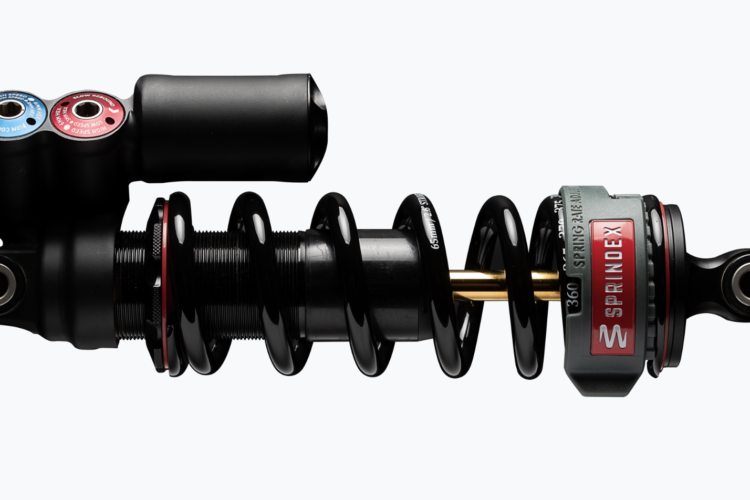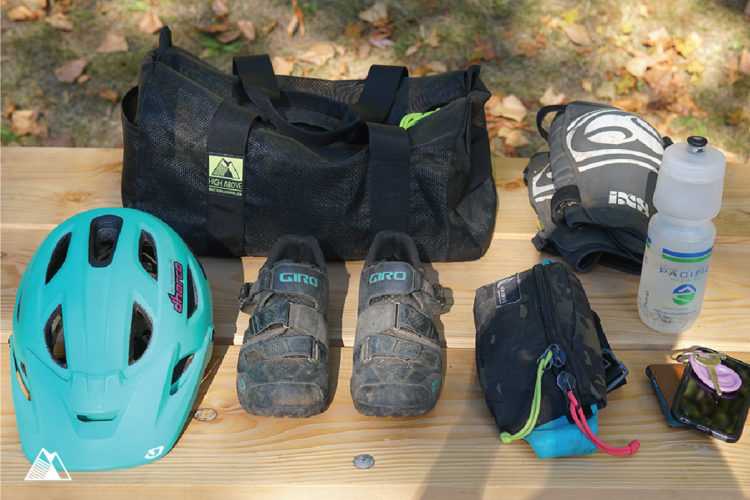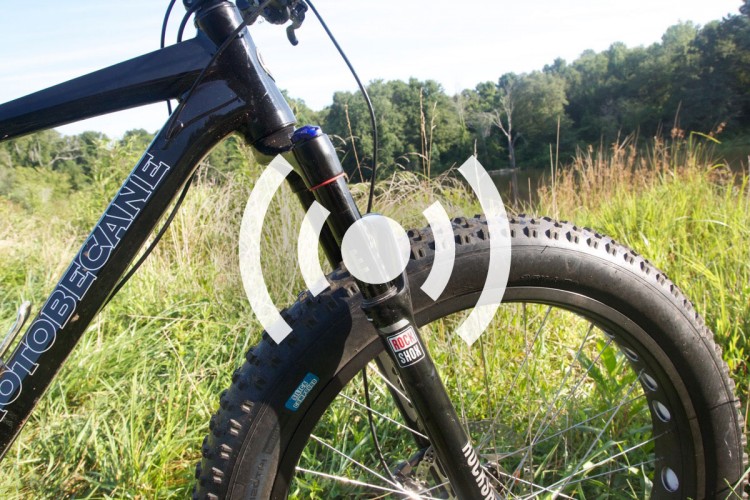Editor’s note: Singletracks does not vet crowdfunding projects, and this coverage should not be considered an endorsement of the seller or product. Be sure to thoroughly read and understand the project terms and conditions if you decide to pledge or purchase. Buyer beware.
When Maryland IT manager Brandon Lentz found himself unemployed during the Covid pandemic, he did the same thing as many of us did: he went for a mountain bike ride. After enjoying the trails all summer, he noticed his hands started getting cold in October and did some Googling to find a solution.
“I could always bundle up more, but I HATE wearing giant gloves because I feel like my control of the bike […] was greatly diminished,” says Brandon.
After riding a friend’s motorcycle with heated grips, Brandon says he had his “Aha” moment. Working with his father, an electrical engineer, he developed a working prototype for a heated handlebar.
“It’s funny how I never went into this thinking I would get to sell this to other people. I really just wanted to solve my own problem and then realized that I’m not the only one that hates having cold hands in the winter.”
Conducting more than 100 interviews with cyclists and potential customers confirmed that he was onto something, and he started shopping his idea around to factories in China. The resulting product, Polar Plug, is currently taking pre-orders via a Kickstarter campaign.
The device itself consists of a rechargeable, battery-powered heating element designed to slide inside a standard set of mountain bike handlebars. At the surface of the plug, the maximum temperature is 104°C (219°F) and at the grip, it’s up to 40°C (104°F). A two hour charge is said to offer up to five hours of heat.
Polar Plugs are claimed to be safe for both carbon and aluminum handlebars. Brandon says, “the Polar Plug does not heat up […] carbon bars enough to the point of thermal expansion (sensors in the plug prevent this). They work best with aluminum bars, but also work with carbon bars with just slightly less heat being transferred to the grips.”
Grip selection adds another layer of variability, especially considering that silicon, a material used in many grips, is essentially an insulator. Not only that, grips are constructed using a combination of various materials and adhesives. Brandon says he hopes to eventually partner with another company to produce an integrated handlebar system in order to eliminate some of the variability.
This is the first crowdfunding campaign for Brandon and his team, and they hope to ship the first products in May of this year if all goes to plan.


























4 Comments
Feb 7, 2021
Feb 3, 2021
Feb 3, 2021
Feb 5, 2021